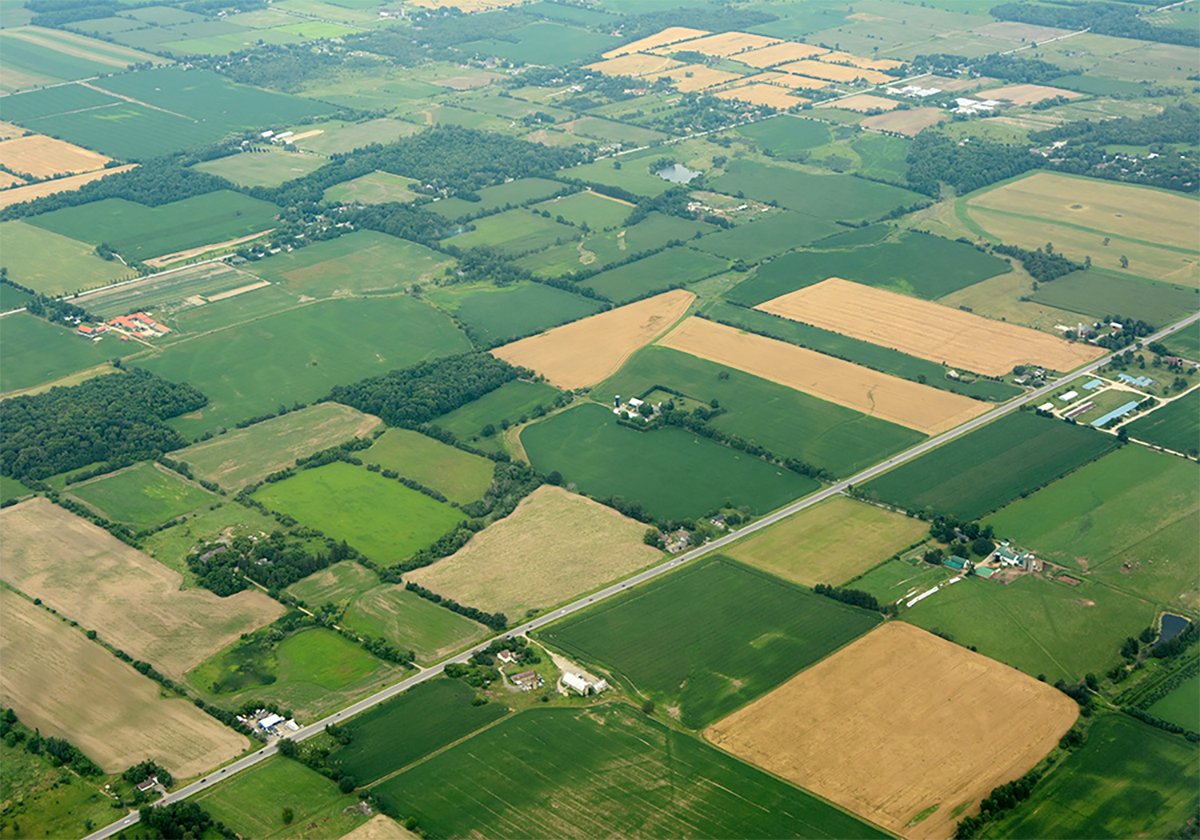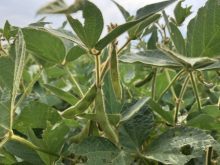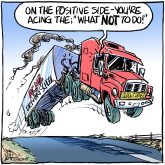Death on the farm can strike in many sudden and unanticipated forms, always unfair and tragic. There are far more dangers than the comparatively obvious threats of tractor rollover and getting caught in an operating auger.
Two such cases were reported in last week’s paper. In one, a young Manitoba farmer died after using his unprotected hands to level treated seed in his seed drill. Later that day, he went into convulsions and died.
As far as is known, no chemicals were involved in the other case. There, an Alberta farm woman died after simply cleaning the barn.
Read Also

Higher farmland taxes for investors could solve two problems
The highest education and health care land tax would be for landlords, including investment companies, with no family ties to the land.
Officials said all indications were that she contracted hantavirus because of deer mouse droppings in the barn.
People can get the deadly disease just by breathing the air near deer mouse droppings. No one knows how many more barns, granaries, sheds or other buildings hold similar death traps on Prairie farms, or might develop them.
Greater efforts to encourage safety precautions and to educate farm operators about symptoms so they can get early treatment would obviously help.
But that would deal with only part of the threat – the same dangers apply to any children who come into contact with hantavirus-causing droppings, or with treated seed.
Toddlers can be confined to the farmhouse, but after a certain age, children have a natural compulsion to explore, to play hide-and-seek, and to use old buildings as imaginary forts.
At some point, children have to be free to roam, and danger on the farm can never be totally eliminated. But there are ways to reduce it.
One good start could be to have a family inventory of safety hazards, perhaps compiled jointly on a walking tour of the farm. Families could discuss together what items or locations are hazardous, and why.
Such a self-examination might yield realization of ways to remove certain hazards – if shielding is missing from moving machinery, for example.
It could also give the farm operator more incentive to always use recommended safety gear.
But even if it achieved neither of those benefits, the exercise would do a lot to ensure that every member of the farm family knows as much as possible about the many potential hazards that exist on even the best-run farms.
The inventory could also be a useful reminder of what to warn visitors about, especially relatives who arrive with children.
Other family sessions could focus on topics like first aid. But, whatever the subject, the important thing is for the process to start. Every report of a farm fatality is one too many.














